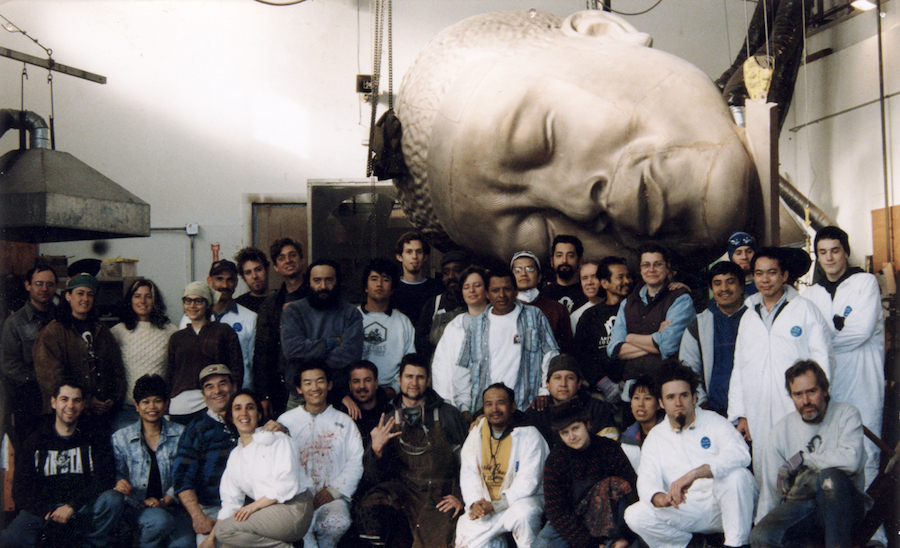Musings In Cb (ARTICLE)
“Why Charlie Parker Remains Significant”
I read that the Miles Davis masterpiece album “SEVEN STEPS TO HEAVEN” turned 60 years old on July 16 of this year. And it validates that all thoughtfully done professional music truly has no expiration dates. Regardless of any music genre labels applied to it.
Another observation I’ve held for nearly as long is that all of this type of American music comes directly from Charlie Parker, his side musicians, and subsequently the side musicians of the side musicians of the side musicians. This goes on for generations and touches ALL STYLES of the music.
Charlie Parker Memorial
“Bird Lives”
This sculpture memorializes legendary jazz artist Charlie “Bird” Parker. He was a major part of the Kansas City jazz scene and culture. It is located in the middle of a plaza, also named after Parker, in the historic Jazz District and just west of the American Jazz Museum at 18th and Vine Streets.
Artist/Designer: Robert Graham
Dedicated: March 1999

Description: Large face of Charlie Parker. Green patina on face. Trapezoidal base with brown 2patina. “Bird Lives” inscription on base. The face was not cast but was pieced together in a grid-like pattern.
LOCATION:
E 18th St & Vine St Kansas City, MO 64108
A brief and very cursory view of this musical continuum validates my observation. Charlie Parker > side musicians Miles Davis, Art Blakey … > side musicians John Coltrane, Cannonball Adderley, Wayne Shorter, Herbie Hancock, Keith Jarrett, Chick Corea, Horace Silver … > Dave Holland, Michael Brecker, Randy Brecker, Jack DeJohnette … > Bobby Watson, Steve Coleman, Greg Osby, Wynton Marsalis, Branford Marsalis … > and the subsequent side musicians of these musicians alone comprise everything being created in Jazz since “Bird.” The list is huge.
There are numerous great books, articles, album collections, documentary films that provide objective resources to validate this view as well.
So, this is among the many reasons to celebrate maestro Parker for his musical research and developments in the greater contexts throughout the entire applied field of contemporary music.
_____







